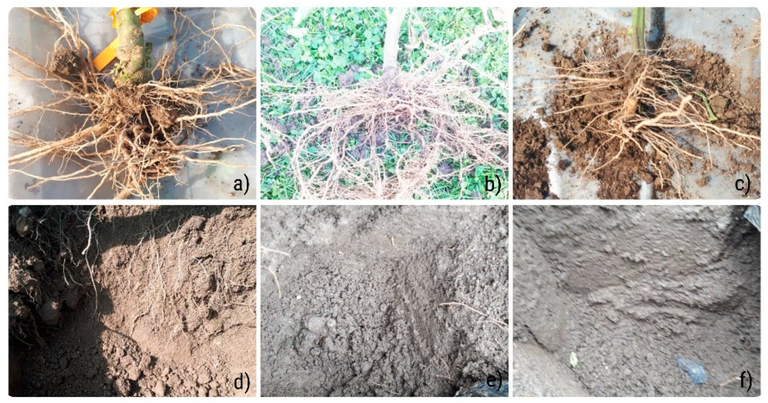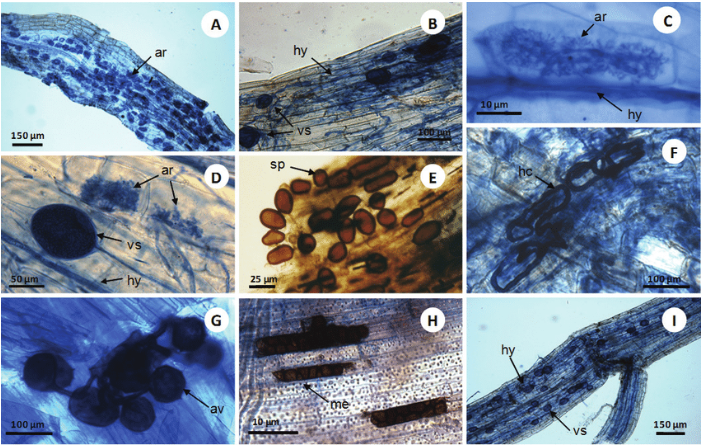Potential of native mycorrhizal inoculants on plants of agricultural interest
In agroecology, the origin of native inoculants is fundamental when it is necessary to determine species effective in promoting the growth of plants of agricultural interest, since the less disturbed the soil of origin is, the greater the possibilities of finding infective and effective species.



▶ In this regard, numerous experimental investigations have evaluated biocompartments, in the search to know the potential of arbuscular mycorrhizal inoculants native to different soils, following a gradient of land use (tropical forest, cultivated soil and pasture), in order to find highly effective species in promoting the growth of plants of agricultural interest without the use of agrochemicals.

▶ Credits: researchgate. – [Image of Public Domain]
≕ I invite you to stay tuned and read my next contribution ≔
It has been reported that soils exhibit a high mycorrhizal potential capable of significantly stimulating plant growth compared to plants fertilized with synthetic products, hence the high mycorrhizal dependence of the plants of most cultivated plants is well documented.
However, the mycorrhizal potential of the soil from the tropical forest has shown a greater richness of species but also a greater effectiveness of these species as potential inoculants of plants of agricultural interest free of chemical residues toxic to the health and balance of the agroecosystem.
In agroecology, it is convenient to study the effectiveness of arbuscular mycorrhizal inoculants in their multiple functions, in the crop of interest under greenhouse conditions and later in the field, evaluating the individual effect of promising species, as well as mixtures of species or mixed inoculants, to verify their complementarity and synergistic effects.

In this sense, the ideal is to first analyze the effect of inoculation with native inoculants on plants of agricultural interest during the different phases of their phenological cycle, on the dry biomass of the scion, higher content of mineral elements in the plant tissue and acceleration of the flowering phase with respect to non-inoculated plants, with the objective of evaluating the synergistic effect of each native inoculant.
NOTE: Reference material.
0
0
0.000
Thanks for your contribution to the STEMsocial community. Feel free to join us on discord to get to know the rest of us!
Please consider delegating to the @stemsocial account (85% of the curation rewards are returned).
You may also include @stemsocial as a beneficiary of the rewards of this post to get a stronger support.
Thank you @STEMsocial community for the support.
Congratulations @agrovision! You received a personal badge!
You can view your badges on your board and compare yourself to others in the Ranking
Check out the last post from @hivebuzz:
Support the HiveBuzz project. Vote for our proposal!